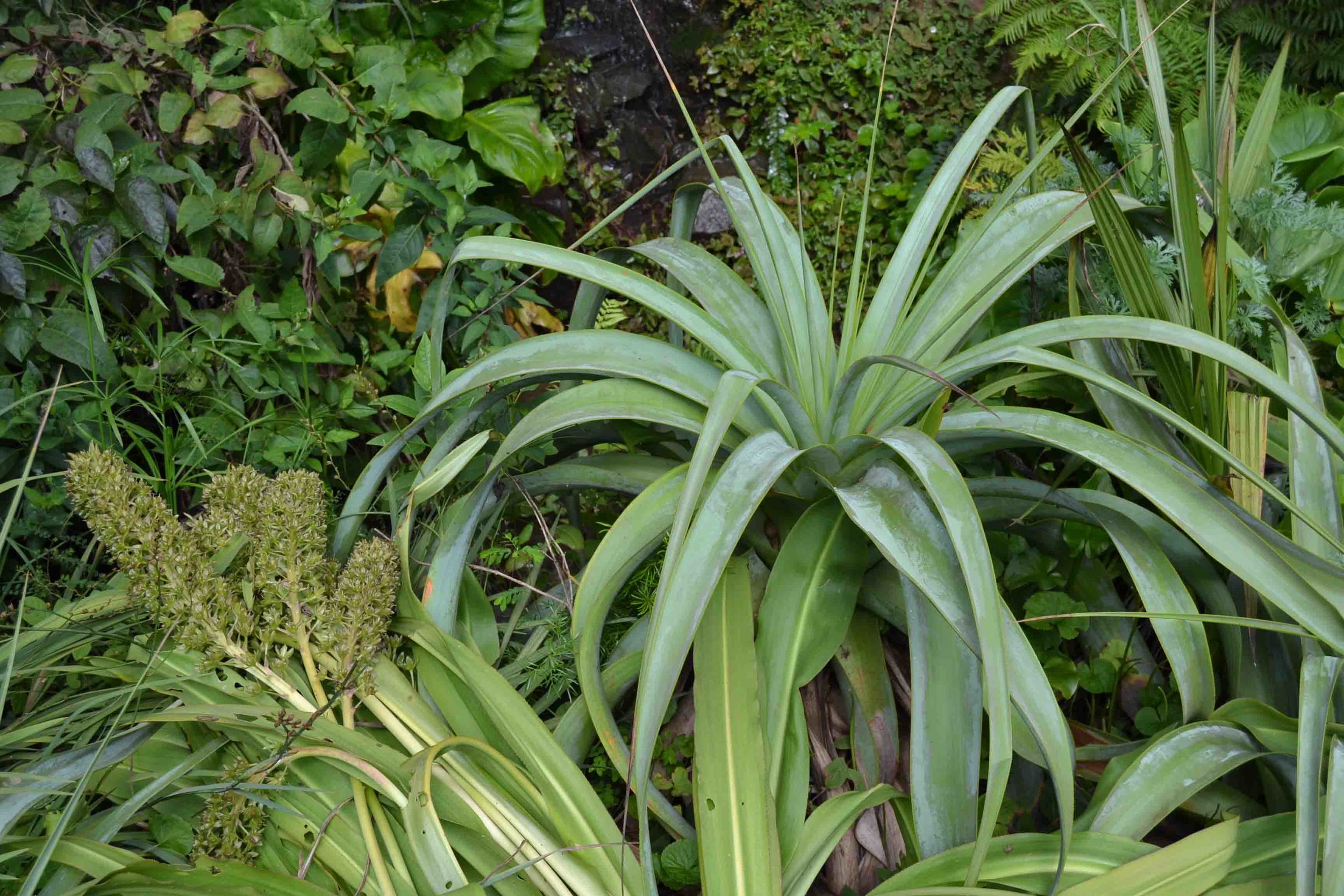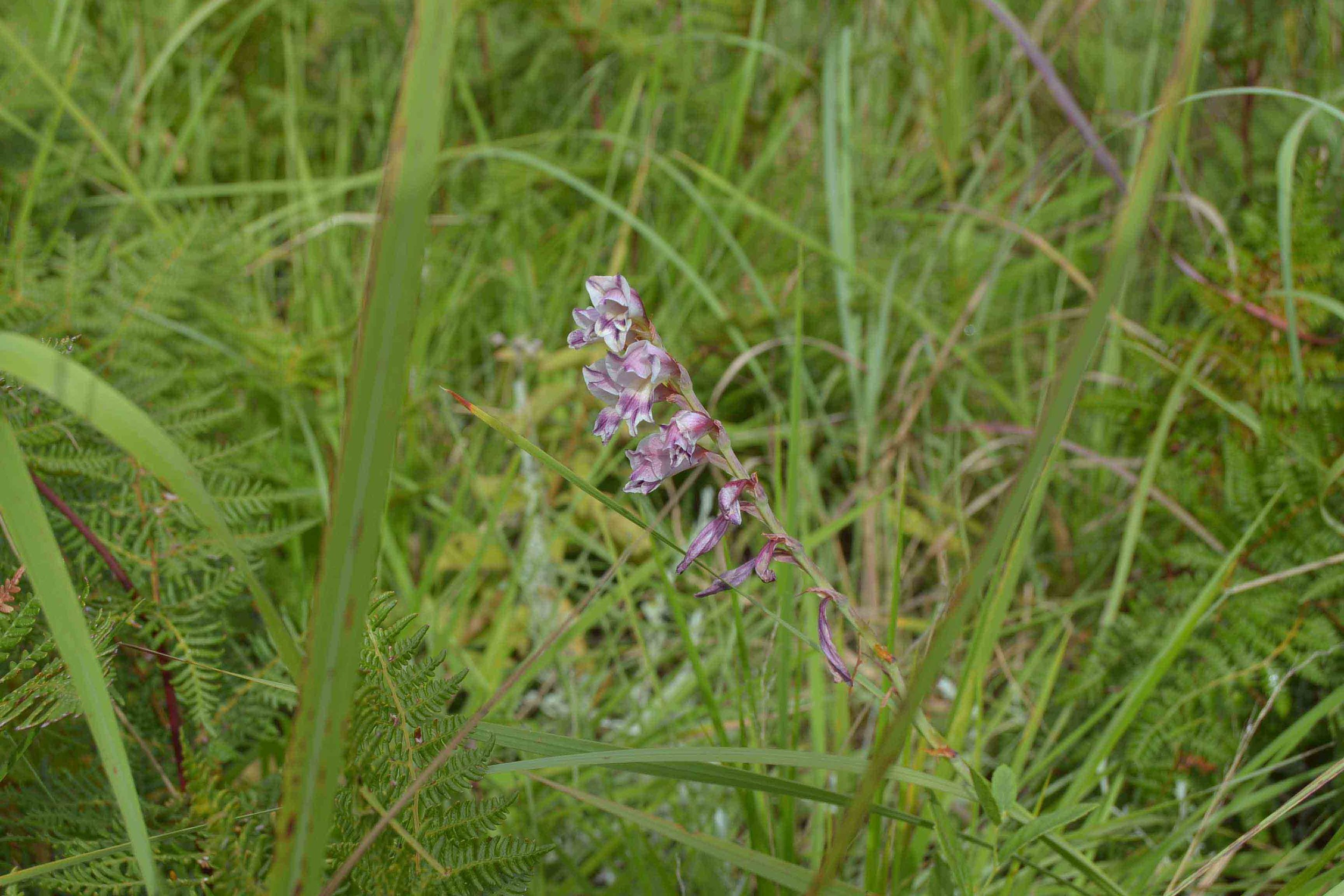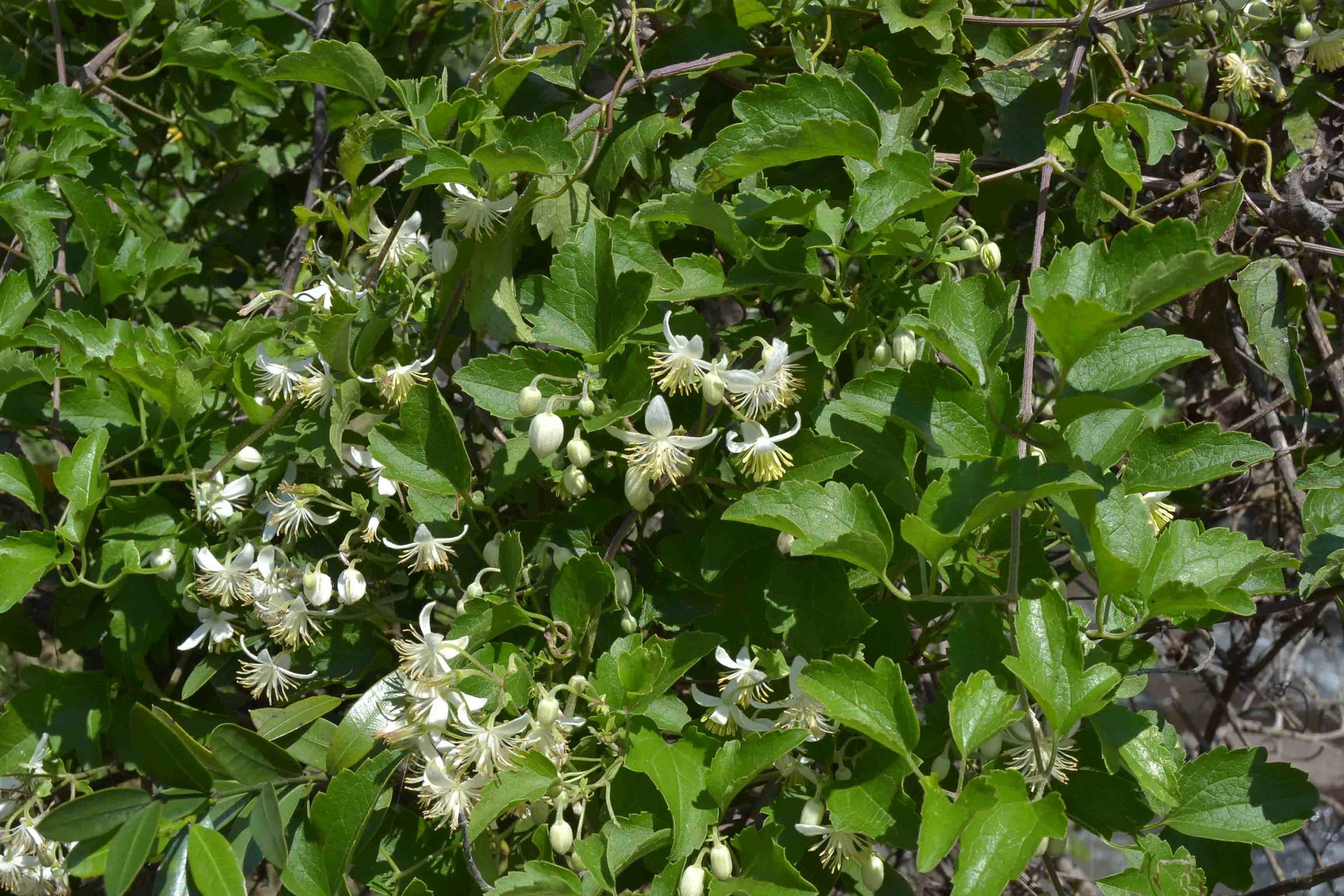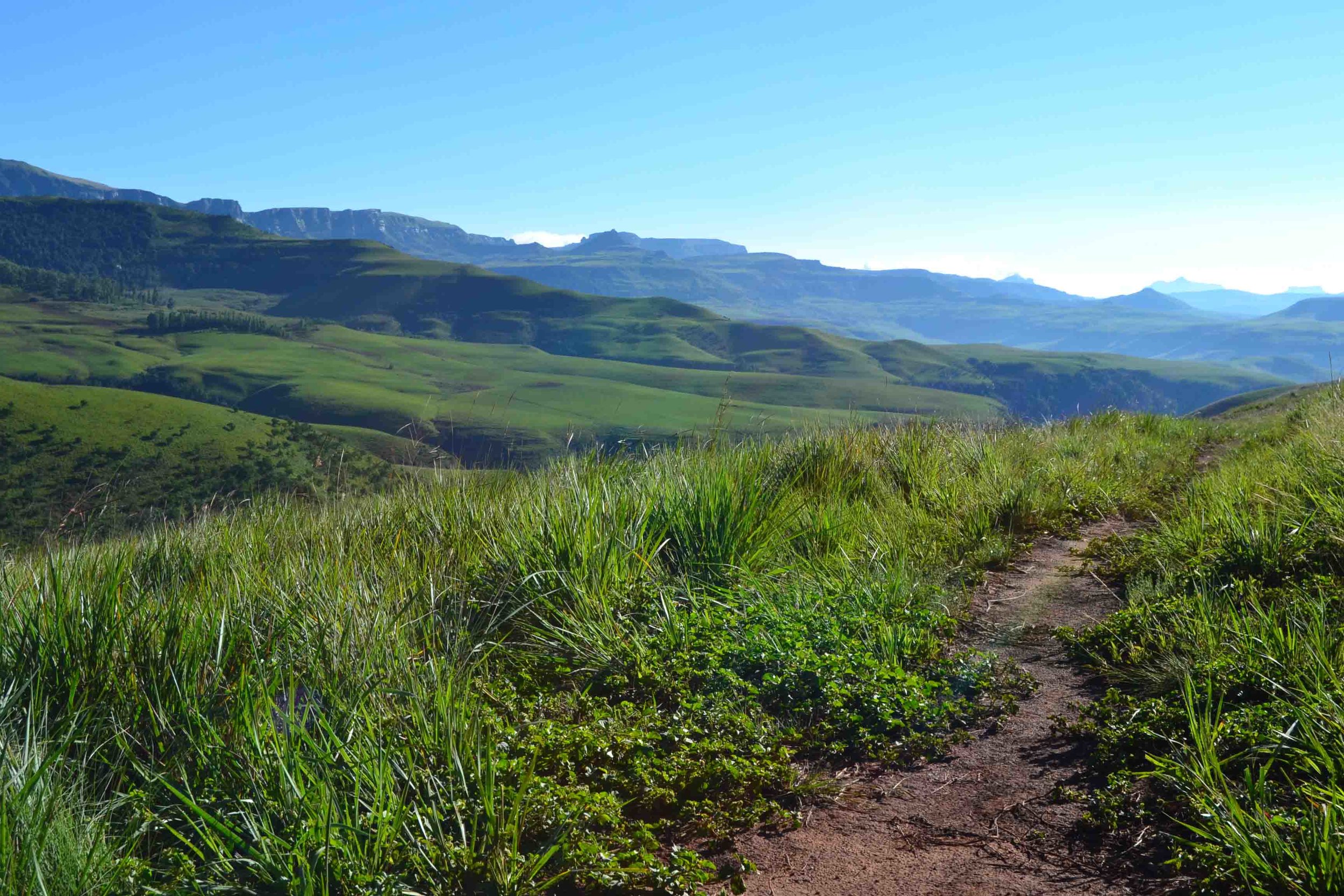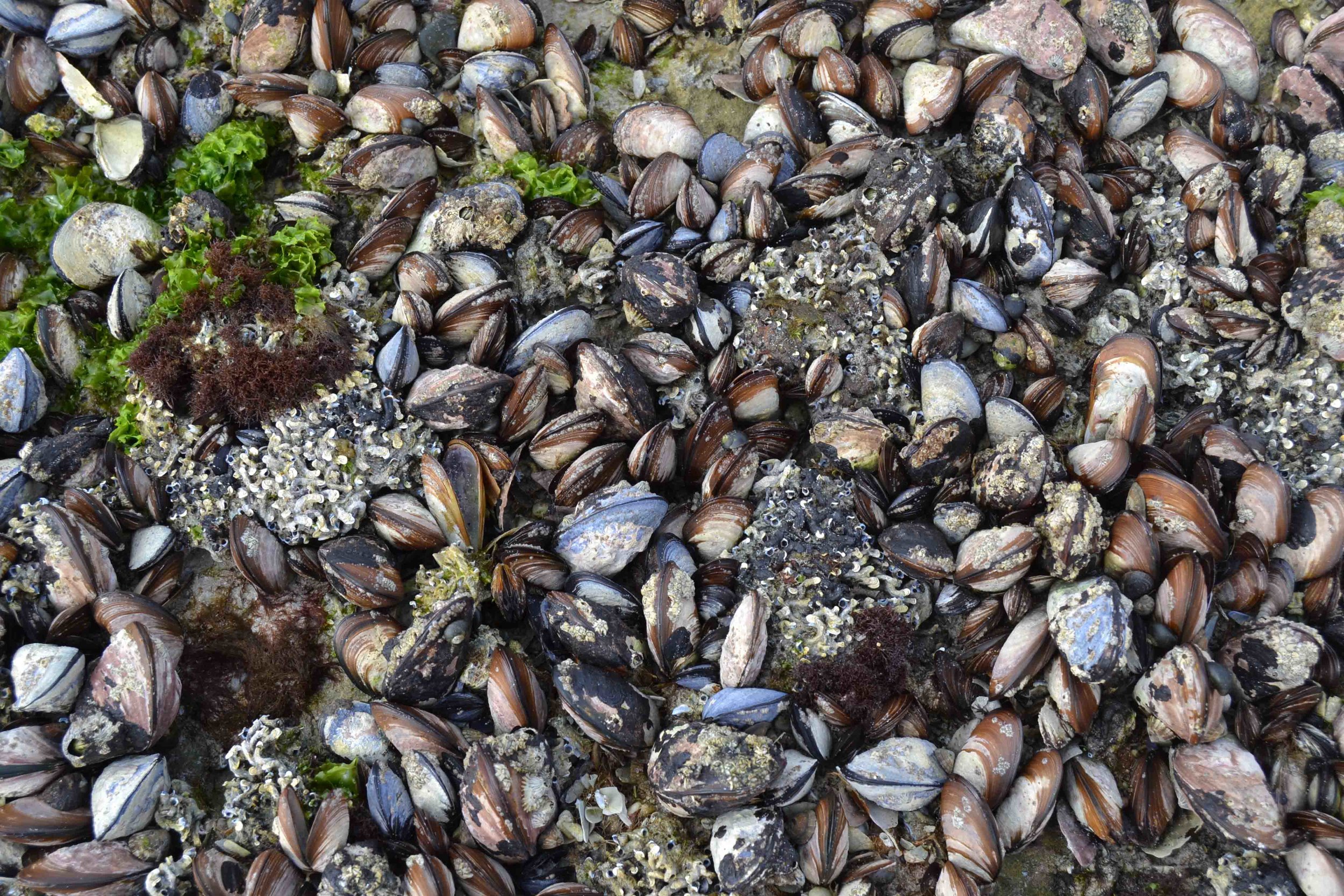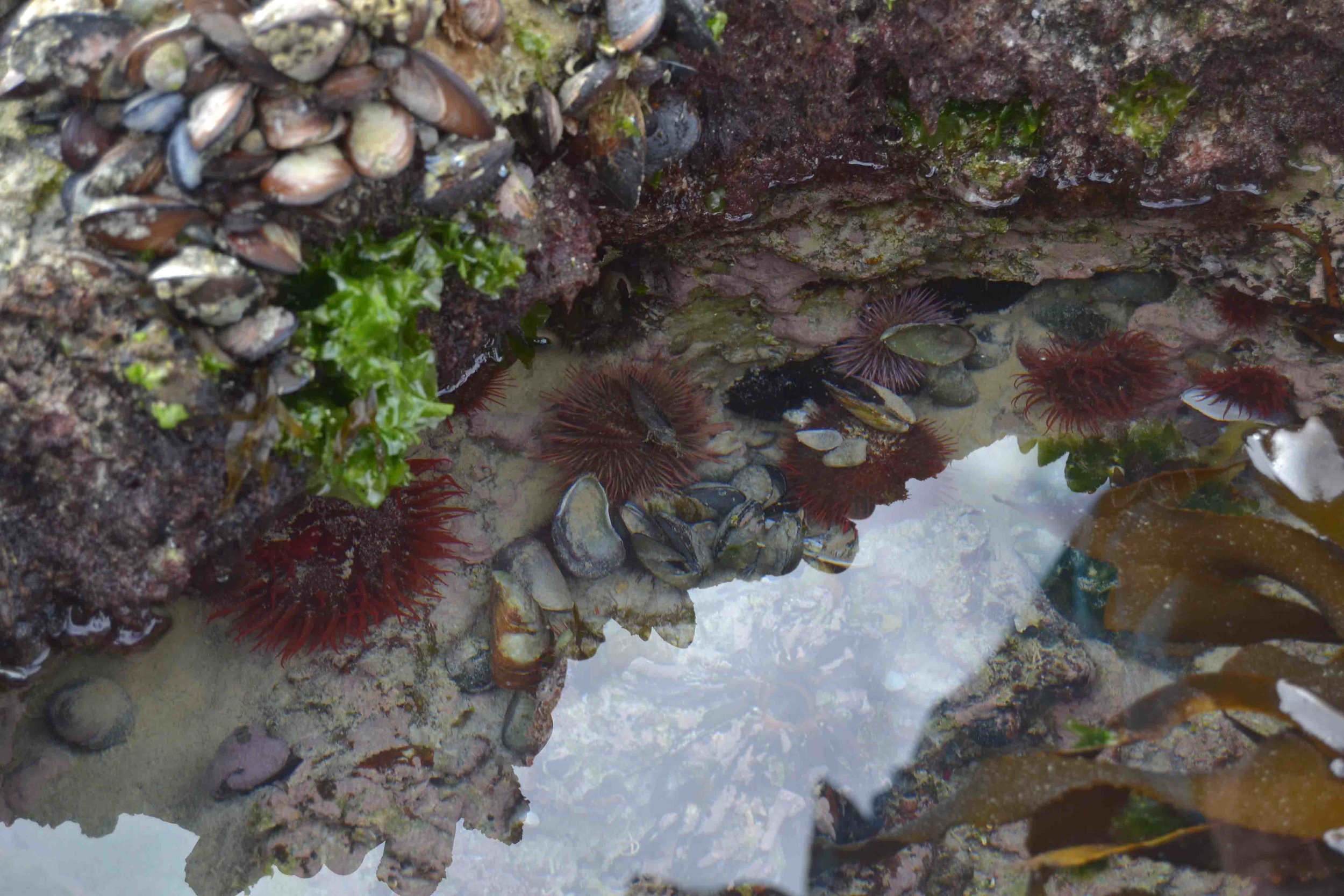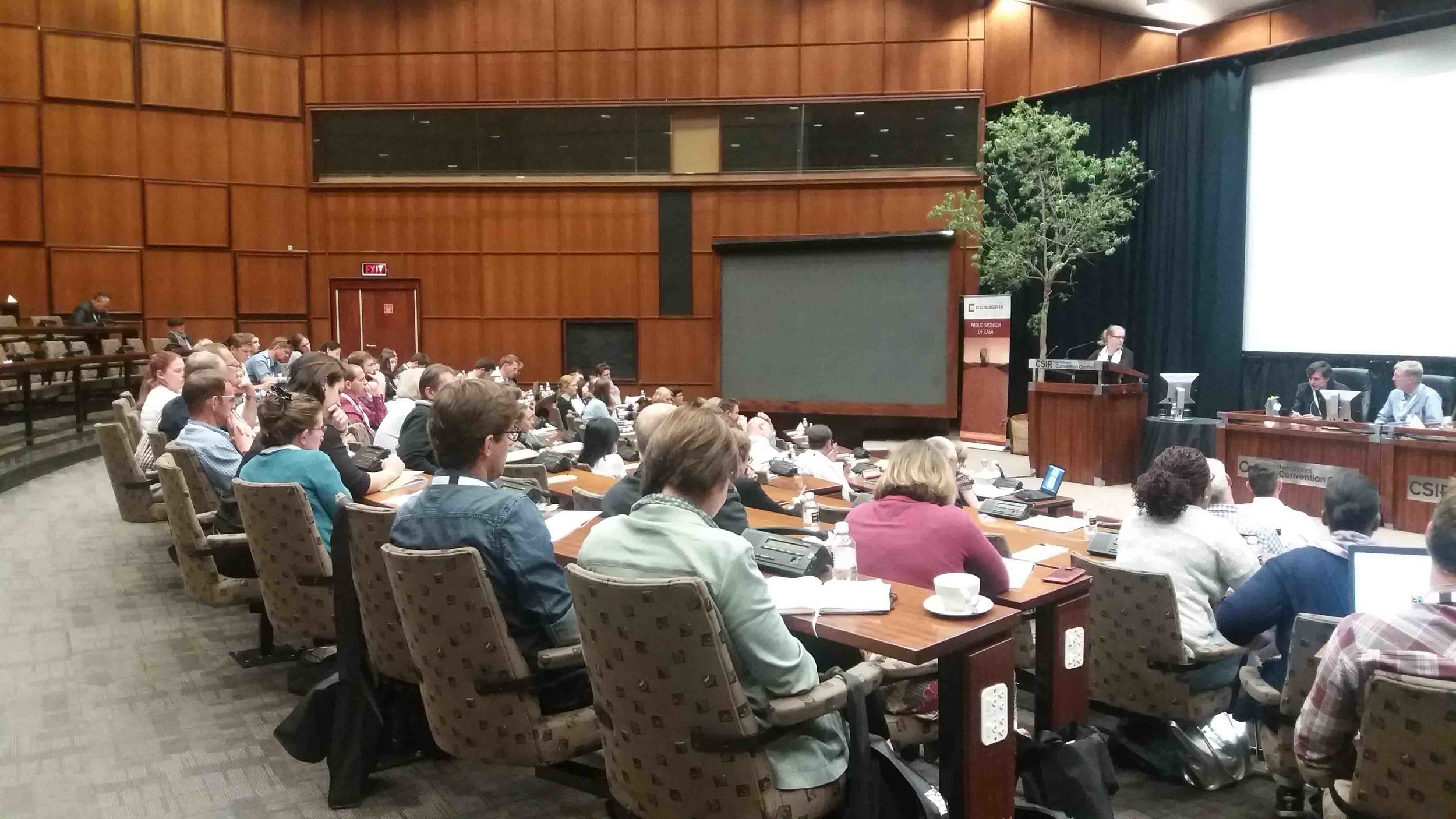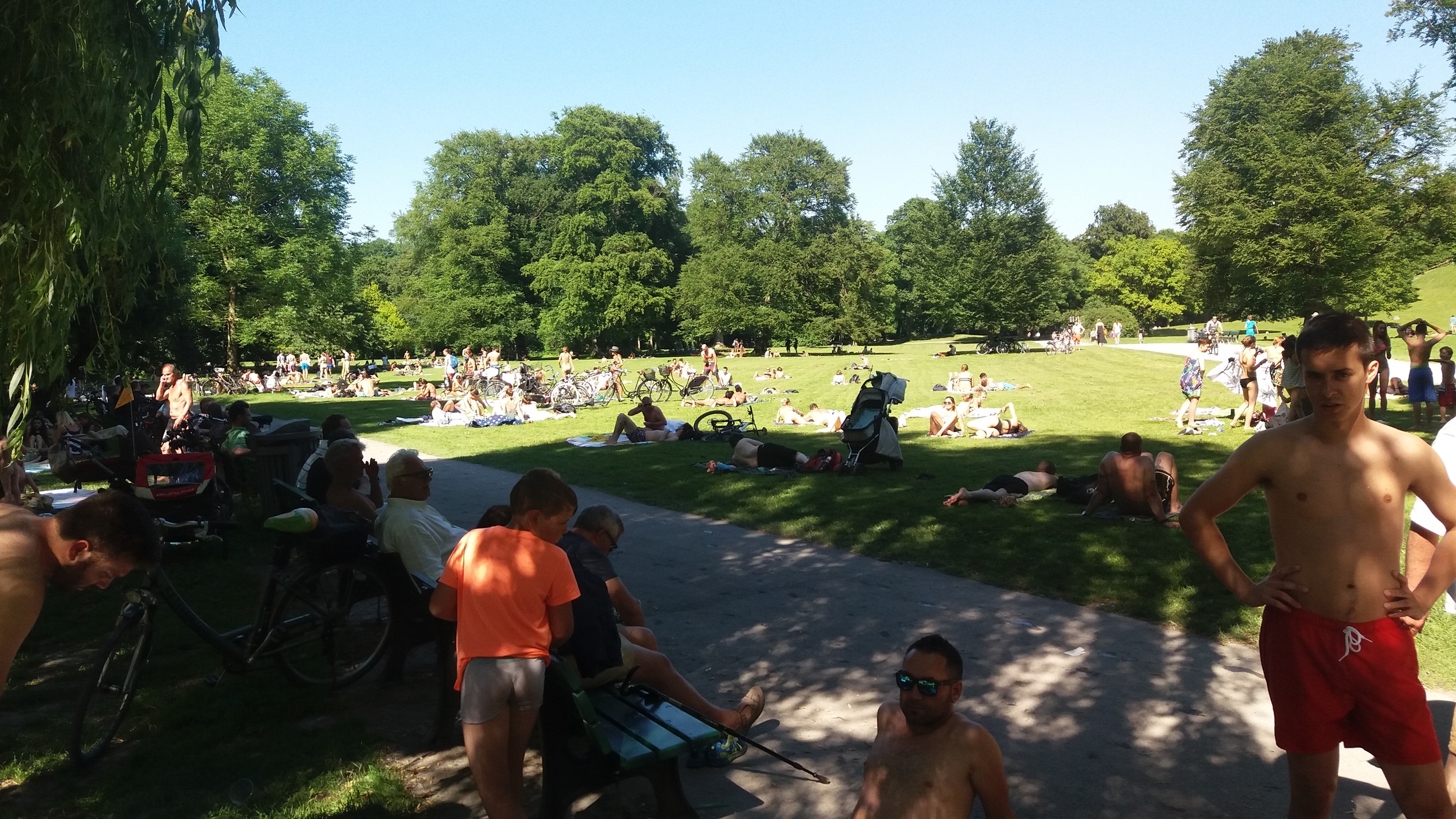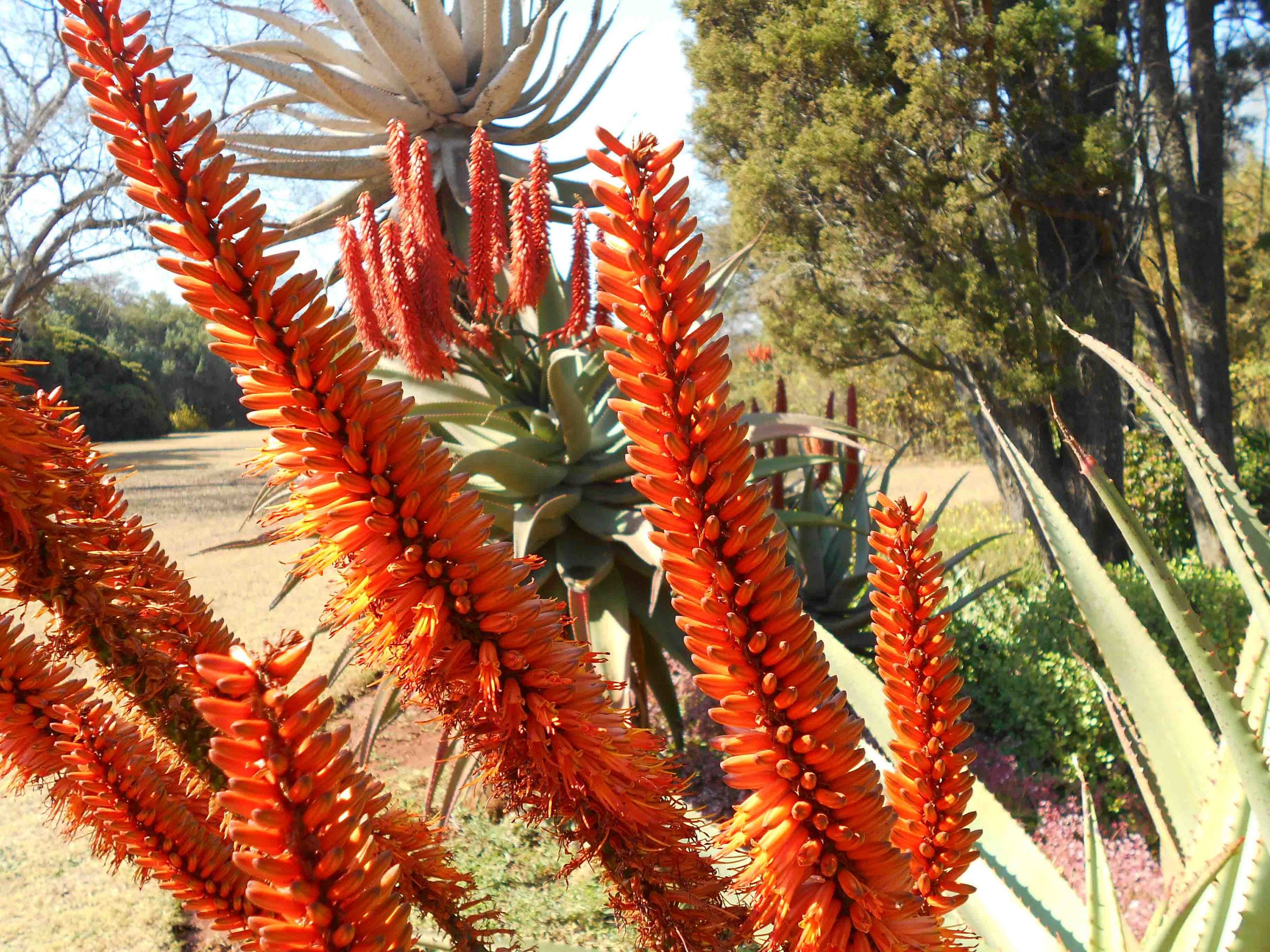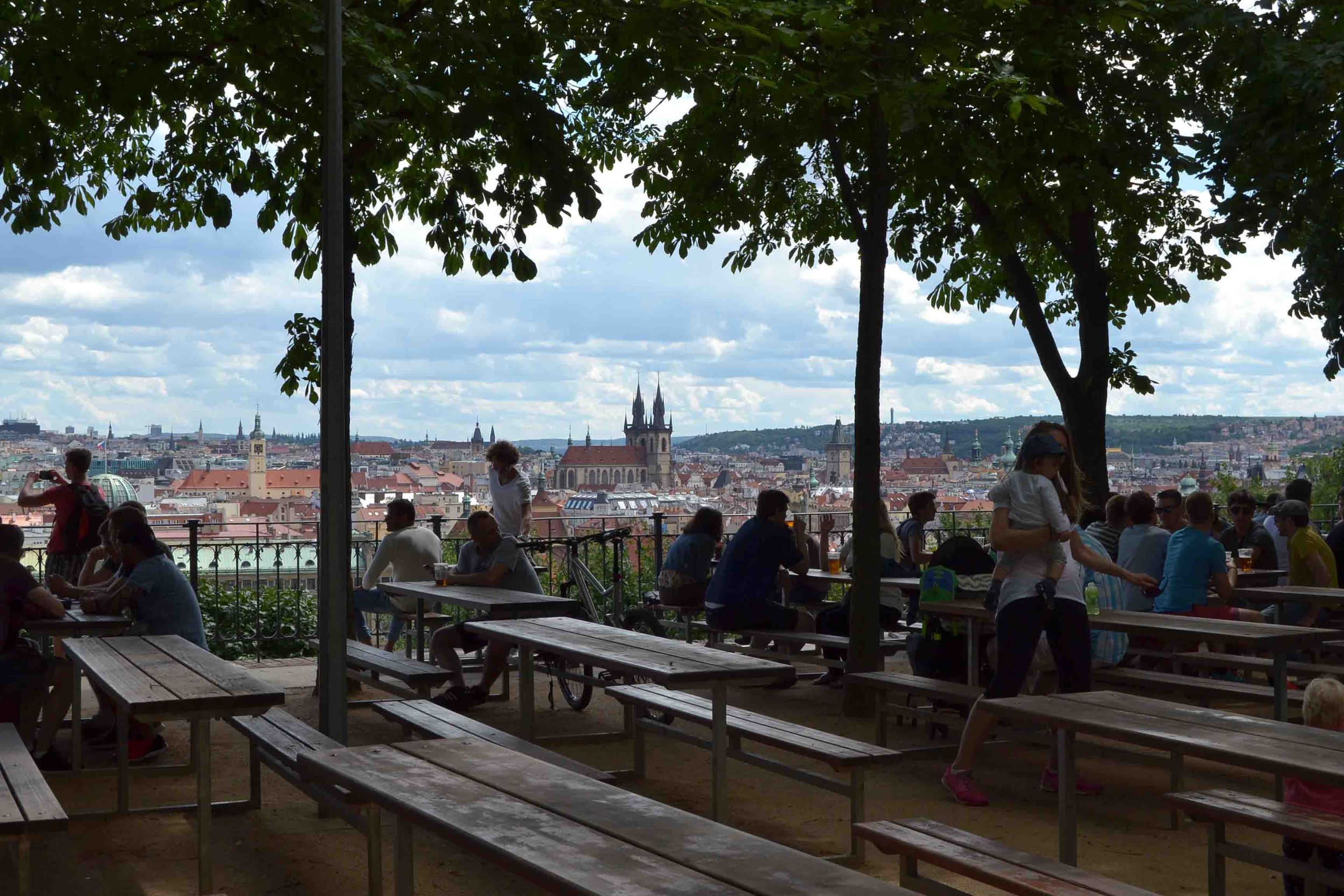See contact information and opening times displayed
Entrance from Visitor's Complex and Information Centre
Lily Pond with Orchid House behind
It was a real treat to visit these lush and beautiful gardens where magnificent trees are around every corner. The gardens have free entry and are very well utilized. We ambled along the pathways and enjoyed the relaxed atmosphere that only nature can provide. There are ample places to sit and relax and a variety of textures and interesting focal points to admire.
Tranquil Tea Garden
Beautfiul Stonework
Contemplation Space
Sunken Garden
According to their website (http://www.durbanbotanicgardens.org.za) this is the oldest surviving botanic garden on the African continent and was established in 1849 for the trial of agricultural crops. Today the gardens focus on biodiversity, education, heritage, research, horticultural excellence and green innovation.
Living Beehive - Butterfly Garden
The Durban Botanic Gardens boasts the rarest collection in the world with Wood's Cycad (Encephalartos woodii) reputed to be the world's rarest plant. The Gardens cycad collection includes a variety of plants from South Africa, Central Africa, South America, Asia and Australia.
Cycad Garden
Palms - Princes of the Plant Kingdom
The Gardens has a collection of over 860 palms that belong to 130 species in 58 genera. These plants add to the tropical atmosphere that you experience while walking along the pathways.
Bromeliads
While the bromeliad, orchid, cycad and palm collection are intriguing I was really blown away by the beauty of the trees in the gardens. There are more than eighty heritage trees many exceeding one hundred years old.
Ficus benghalensis - Banyan Trees, native to the Indian subcontinent, are often considered sacred and a symbol of long life, with temples often built beneath them.
Kapok Tree - This "Rocket Ship" was planted in 1934 and is the national tree of Puerto Rico
Couldn't resist including this Strelitzia - it really looks like a bird peeking out of the leaves!

































